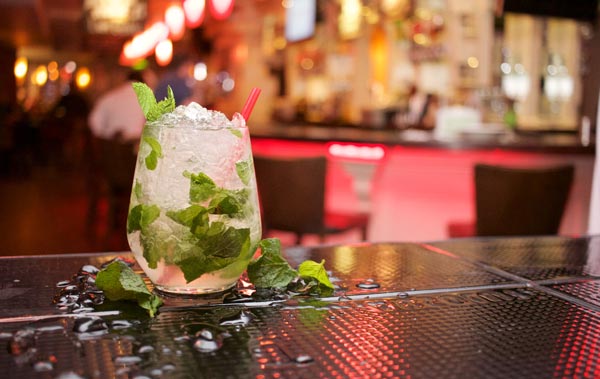Your Cart is Empty
Free freight for orders over $150

Gin started off a far cry from the pretty bottles of rainbow coloured gin and delicious flavours we see today. The name gin is derived from the Dutch word jenever which means juniper. In the 11th century during the Black Death, Italian monks were adding juniper berries to distilled spirits to help treat the torturous ailments (which didn’t work!)
During the 17th century, gin was being sold to pharmacies to treat medical problems such as; kidney ailments, lumbago, stomach problems, gallstones and gout. English troops fighting against the Spanish in the Thirty Years war, were given gin for its calming effects when going into battle, which is where the term ‘Dutch courage’ comes from.
From the 1700s, gin made its way to England and became widely popular due to the government allowing unlicensed production. This created a market for poor quality grain being used and it being popular with the poor. Of the 15,000 drinking establishments in London at the time, over half were gin shops and because of its accessibility it became blamed for burgeoning social problems.
Mothers were said to be too busy drinking gin and neglecting their children, which is where the phrase ‘Mothers Ruin’ came from. At that time, the government determined the population drank around 52 litres of gin a year each, (that’s one bottle per week!)
Gin is classified and recognised worldwide for it’s; strength, distillation process and the presence of the juniper berry. The European Union likes to break it down even more, separating gin into four categories; juniper flavoured soft drinks, distilled gin, gin and London gin. Differences include; flavourings and strength and restrictions on colouring, with London Gin taking top spot as the premium category.
Any excuse for an alcoholic beverage, the British Colonies used gin to mask the bitter taste of quinine which helped them resist against the effects of malaria. The quinine would be absorbed into the tonic water, with a healthy dose of gin to top up and voila – the gin and tonic was born!
Originally deriving its flavour from juniper berries, the rise of creative artisan distilleries today and changes in distribution laws, have seen all manner of flavours and infusions entering the gin bottle. Australian distilleries have been using locally grown botanicals in their gins creating flavours like; Australian Bush Tomato, cassia bark, Angelica root and citrus tones like grapefruit and this delicious Settlers Pomegranate gin.
Try out the tasty selection of gins at Settlers Artisan Spirits. Here you can try the unusual Spiced Fig gin, the Shiraz gin and even a Breakfast gin to go with your fry up!